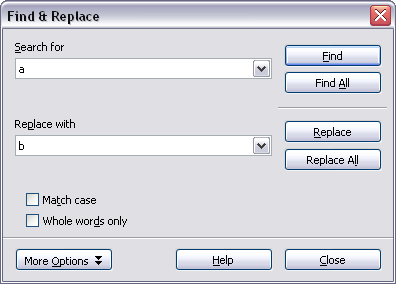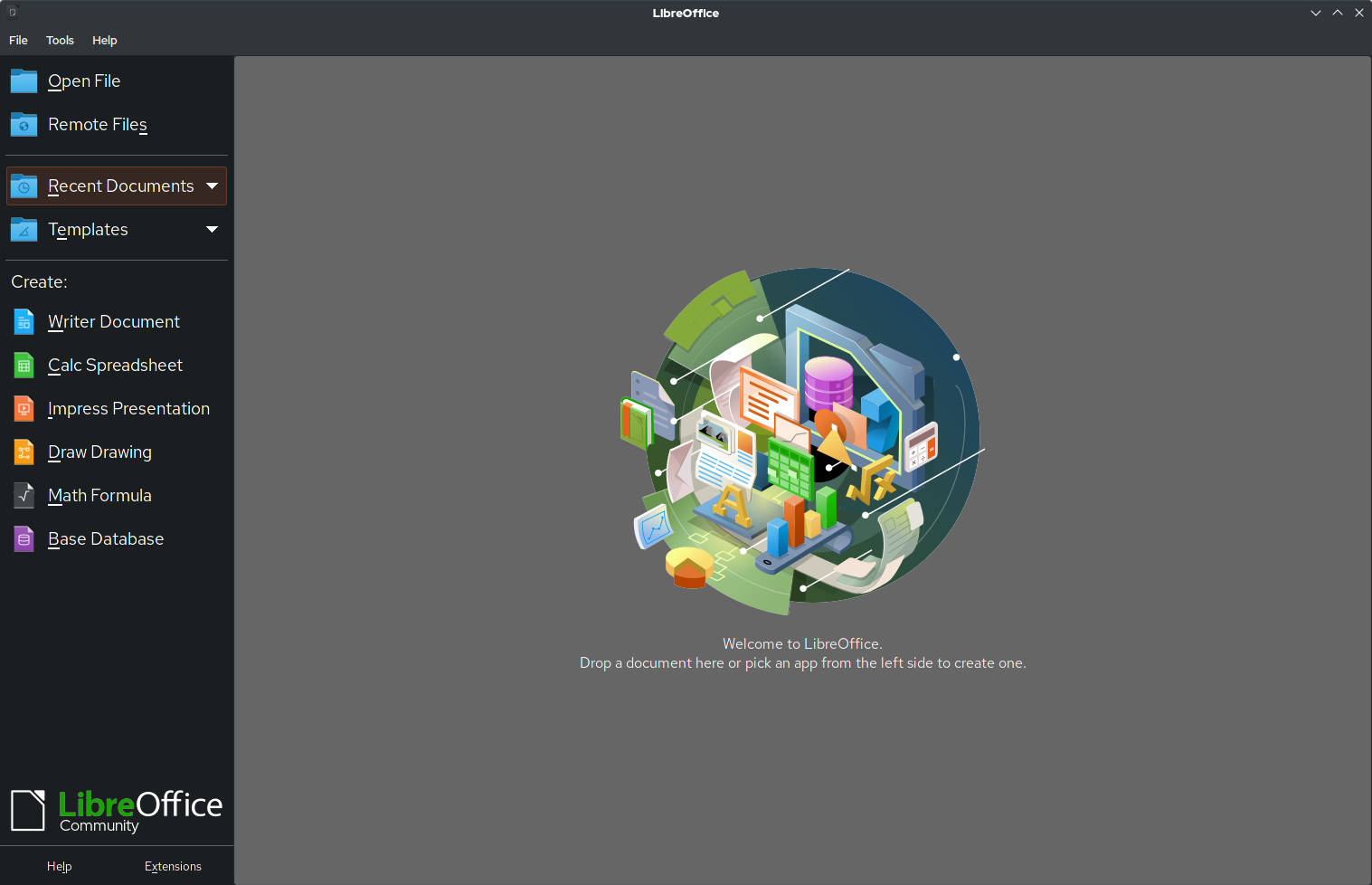
- #Change case in word open office how to
- #Change case in word open office upgrade
- #Change case in word open office software
- #Change case in word open office code
#Change case in word open office code
The following code example shows these actions. TableCell cell = row.Elements().ElementAt(2) ĭim table As Table = .Elements(Of Table)().First()ĭim row As TableRow = table.Elements(Of TableRow)().ElementAt(1)ĭim cell As TableCell = row.Elements(Of TableCell)().ElementAt(2)Īfter you have located the target cell, you locate the first run in theįirst paragraph of the cell and replace the text with the passed in TableRow row = table.Elements().ElementAt(1) Find the first table in the document.ĭoc.().First() Index is 2, as shown in the following code example. Next, you locate the third cell in that row whose Then you locate the second row in the table by finding the In the sample code, after you open the document in the using statement, you locate the first table in Grid, which defines a set of shared vertical edges within the table This table specifies table-wide properties of 100% of page width using One column) and 1 point borders on all sides. Consider an empty one-cell table (that is, a table with one row and Tables in WordprocessingML are defined via the tbl element, which is analogous to the HTML table A table is a set of paragraphs (and other block-levelĬontent) arranged in rows and columns.

The document might contain a table as in this example. The r stands for run, which is a region of text withĪ common set of properties, such as formatting. A paragraphĬontains one or more r elements. The basic document structure of a WordProcessingML document consists of the document and bodyĮlements, followed by one or more block level elements such as p, which represents a paragraph. Because the WordprocessingDocument class in the Open XML SDKĪutomatically saves and closes the object as part of its System.IDisposable implementation, and becauseĮxit the block, you do not have to explicitly call Save and Close─as Object that is created or named in the using statement, in this case doc. The block that follows the using statement establishes a scope for the Used by the Open XML SDK to clean up resources) is automatically called
The using statement provides a recommendedĪlternative to the typical. Using doc As WordprocessingDocument = WordprocessingDocument.Open(filepath, True) WordprocessingDocument.Open(filepath, true)) Statement, open the word processing file at the specified filepath by using the Open method, with the Boolean parameter set To open an existing document, instantiate the WordprocessingDocument class as shown in The following assembly directives are required to compile the code in this topic.
#Change case in word open office how to
It includes Classic Menu for Word, Excel, PowerPoint, Access and Outlook 2007.This topic shows how to use the Open XML SDK 2.5 for Office to programmatically change text in a table in an existing word processing document. It includes Classic Menu for Word, Excel, PowerPoint, OneNote, Outlook, Publisher, Access, InfoPath, Visio and Project 2010, 2013, 2016, 2019 and 365. Easy to show or hide the classic menus, toolbars and ribbon tabs.Easy to find any command items you want to process.Without any training or tutorials after upgrading, users can work with Office 2007/2010/2013/2016 immediately.

#Change case in word open office upgrade
The classic view helps the people to smoothly upgrade to the latest version of Office, and work with Office 2007/2010/2013/2016 as if it were Office 2003 (and 2002, 2000).

It brings back the classic menus and toolbars to Microsoft Office (includes Word) 2007, 2010, 2013, 2016, 2019 and 365.
#Change case in word open office software
The software Classic Menu for Office is designed for the people who are accustomed to the old interface of Microsoft Office 2003, XP (2002) and 2000.


 0 kommentar(er)
0 kommentar(er)
